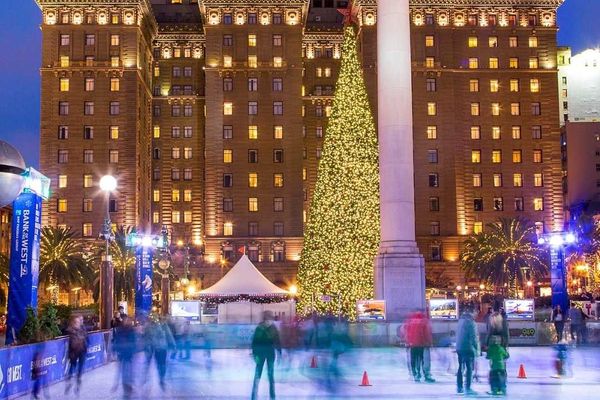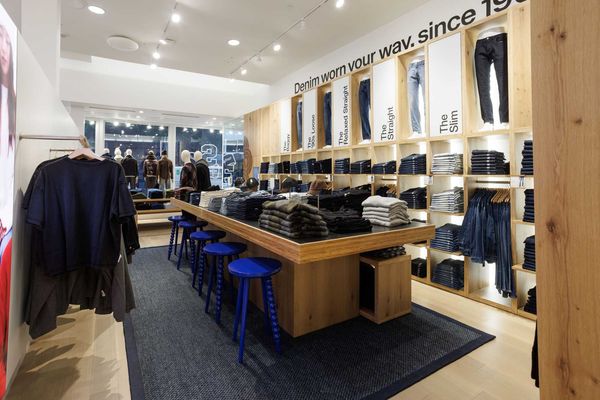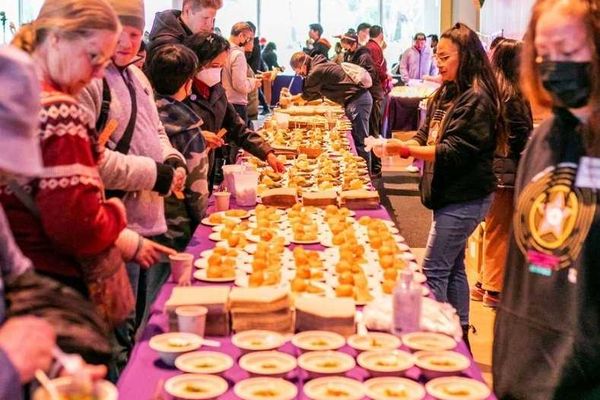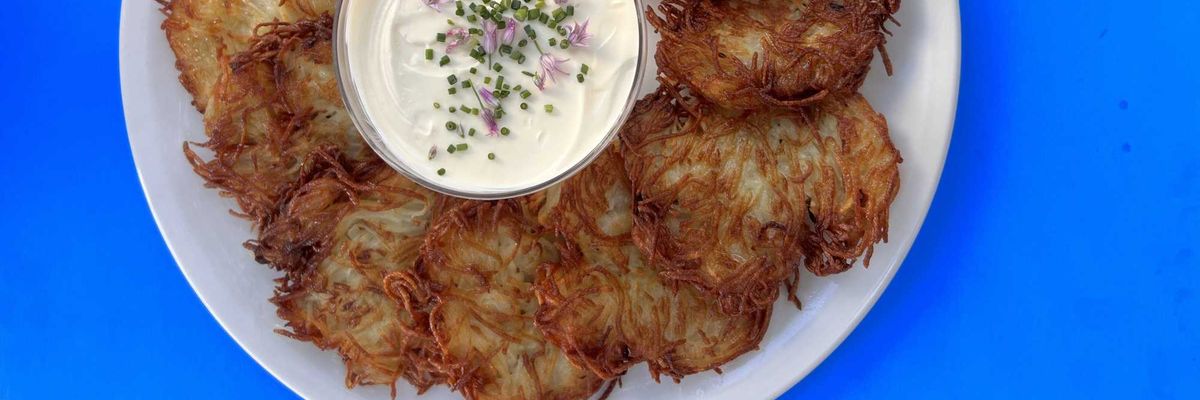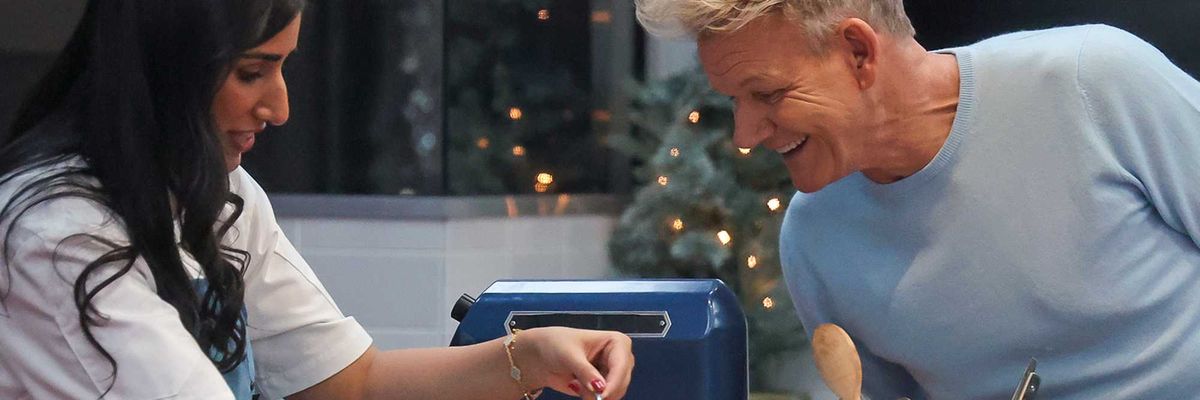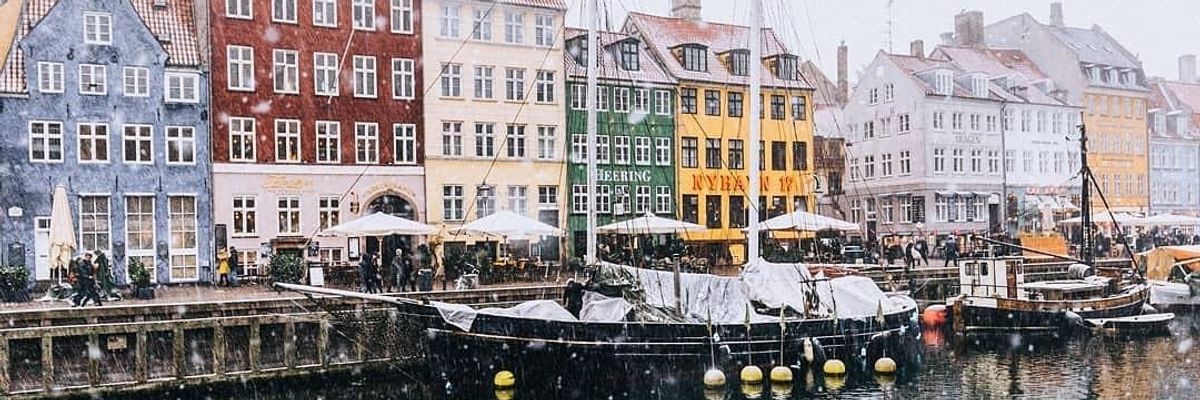I have recently fallen under the aldehydic spell of perfumes. In a short time, I have amassed an impressive collection: vintage Chanel No. 5 in a crystal bottle, Olympic Orchids’ DEV #1, Andy Tauer’s L’air du Désert Marocain, Estée Lauder’s groundbreaking White Linen and, yes, even Poison, Dior’s notoriously assertive ’80s scent.
But I need never again hit the fragrance counter to find choice spritzes. In fact, many new perfumes found at big department stores are cheaply made, audience-tested—in the name of broad appeal—within an inch of unoriginality, and slapped with an insane markup.
Luckily for those who value the offbeat, artisan fragrances have been bubbling up in San Francisco over the past few years. Independent perfumers are free to explore, unhindered by corporate entities or a vast all-ages demographic. They can experiment with the down and dirty: Etat Libre d’Orange’s successful Sécrétions Magnifiques, for example, reeks of “blood, sweat, sperm, and saliva.” Or dabble in the bizarre: L’artisan Parfumeur Dzing!, inspired by a three-ring circus, is intended to evoke saddle leather and caramel popcorn.
Perhaps no one knows more about the niche scents that are being created locally than Antonia Kohl, owner of Tigerlily in the Mission. Her fragrance store first emerged as a pop-up at the Love & Luxe jewelry atelier and, thanks to word of mouth from scent fans, including generous kudos from perfumers Yosh Han and Ineke Ruhland, Kohl went solo earlier this year.
“I wanted to champion fragrances made here in SF and the Pacific Northwest,” explains Kohl, who cites the Bay Area’s addiction to anything artisanal for the recent surge in the popularity of perfume. “Just look at the hip young guys buying fragrances by independent perfumers, such as D.S. & Durga and Juniper Ridge, at nouveau barber shops in the city,” says Kohl.
Noting that Serge Lutens’ spicy and woodsy Santal de Mysore kick-started her own obsession with lovely scents, Kohl also sings the praises of SF-based Cognoscenti (she adores No. 16 for its tomato and leather notes) and the all-natural botanical fragrances of L’Aromatica. “I hear daily from our customers that they are more interested in finding unique, handmade fragrances than smelling like everyone else on the street,” she says. “Some say they have just returned to fragrance, after giving it up for years, now that they can find labels they believe in.”
Bruno Fazzolari, a painter, sculptor, and professor at California College of the Arts, is a self-trained “nose,” brewing fragrances in the comfort of his studio apartment in the Mission. Fazzolari credits mild synesthesia—a neurological peculiarity that causes him to experience scents as visuals—for his perfume passion.
“I didn’t realize what I was getting into!” says Fazzolari. “One day, I started buying more and more vials of essences, the equipment started to get more and more complicated, and then, just like that, I was a perfumer.”
Fazzolari offered up his first creation, a mineraly eau de cologne called Five, to the public in 2010, at one of his painting exhibits. It was a hit. Since then, he’s garnered fans from around the world. One devotee in particular, perfume critic Luca Turin, whose reviews can make or break a scent, awarded Fazzolari’s citrusy Lampblack four out of five stars (the fragrance industry’s equivalent of two Michelin sparklers). “While critics shouldn’t matter, Luca’s review really validated my hobby,” says Fazzolari. Such acclaim also shines a light on the independent movement in the city, where budding perfumers are concocting fragrances in the same way that aspiring writers self-publish ’zines and would-be recording artists produce their own EPs.
Among the collectors I have met in the city, few are as comprehensive, or as sophisticated, in their approach as writer and film producer Jack Shamama. He has crammed more than 1,500 fragrance bottles into his dinky master bathroom, from vintage Mitsouko, a spicy oakmoss aroma, to Chanel’s leathery Cuir de Russie (first developed by the wise Ernest Beaux in 1924 to help Frenchwomen hide a post-cigarette stench), to the reviled, urine-scented Kouros. He’s even got Nicki Minaj’s mass-market scent, Pink Friday, just for kicks.
“The first scent I ever wore, at the age of 12, was Guy Laroche’s Drakkar Noir,” confesses Shamama. “Men in their 40s know Drakkar well. It was a great fragrance that oversaturated the market and then culled an unfair reputation. I stopped wearing it because it wasn’t special enough.”
Contrary to popular belief, fragrances aren’t aphrodisiacs or potions that are the olfactory equivalent of panty droppers (no matter what those vulgar YouTube cologne reviewers say). The singular brews by such emerging Bay Area perfumers as Yosh Han, Ineke Ruhland, Bruno Fazzolari, L’Aromatica, Cognoscenti, and Mikmoi achieve notes far beyond those of the so-called clean scents languishing on glass counters at the mall. Although some of the classic houses still create beautiful fragrances (Shamama ranks Thierry Mugler’s Angel, with its notes of patchouli and caramel, as his all-time favorite, and I can’t whiff Dune by Dior enough times to satisfy my obsession), niche potions dare you to venture where no mass-produced perfume has ever been spritzed before.
7 Scents on Mr. Keeling’s Gilded Tray
1. Wonderoud, by Comme des Garçons / $145 [unisex]
2. Carnal Flower by Frédéric Malle / $250–$365 [unisex]
3. Maison Francis Kurkdjian Masculin Pluriel / $185 [his]
4. L’air du Désert Marocain by Tauer Perfumes / $105 [unisex]
5. White Linen by Estée Lauder / $62–$72 [unisex]
6. Lampblack by Bruno Fazzolari / $96 [unisex]
7. Maison Francis Kurkdjian Féminin Pluriel / $195 [hers]










